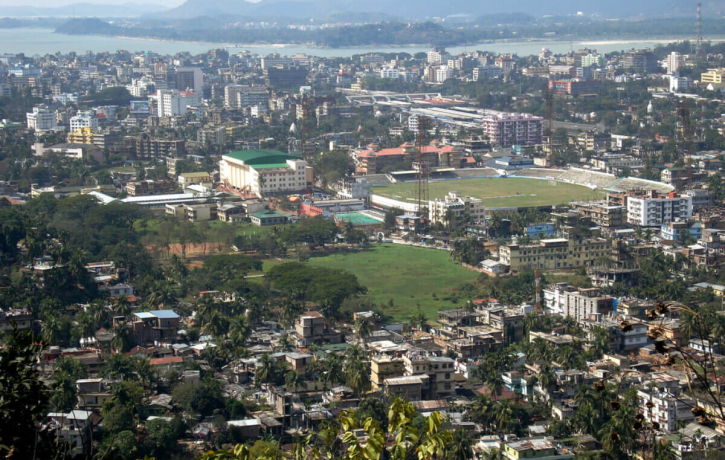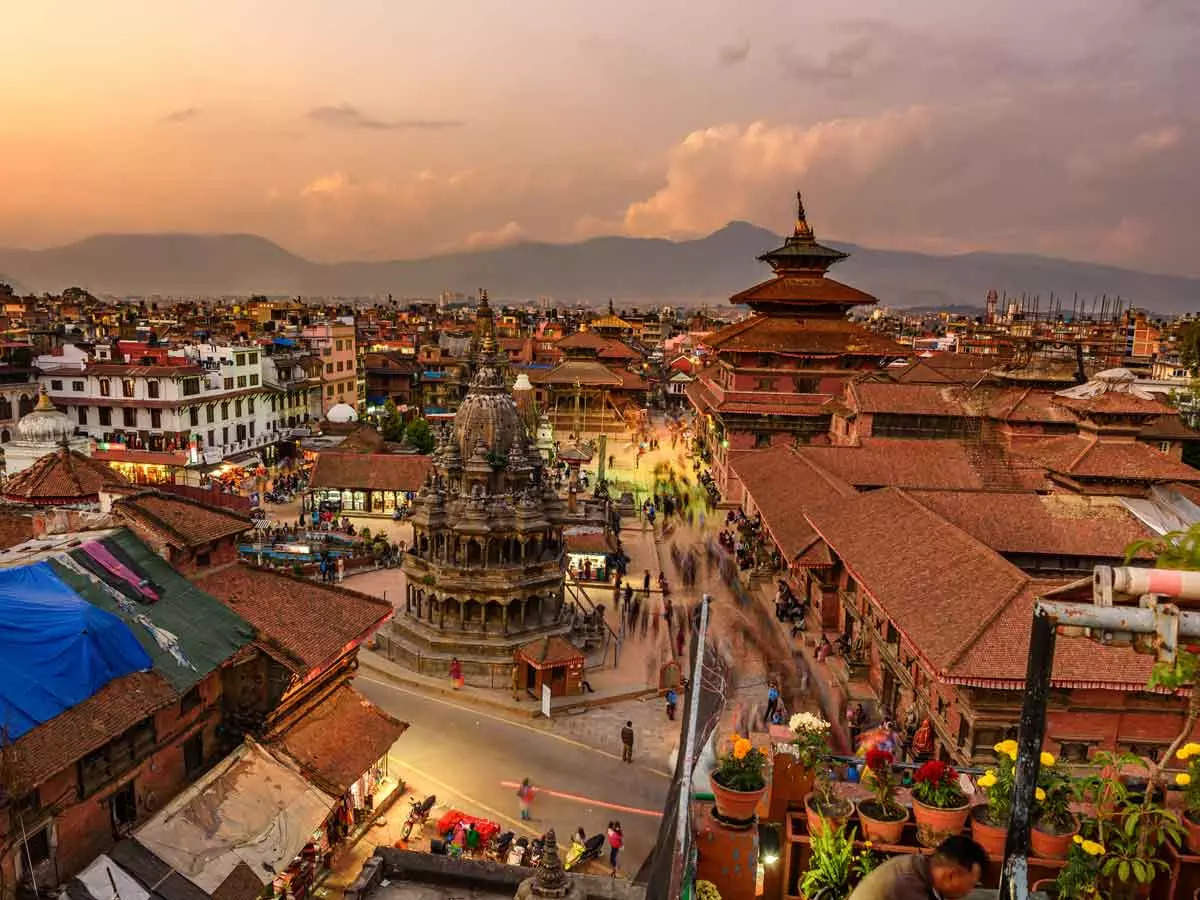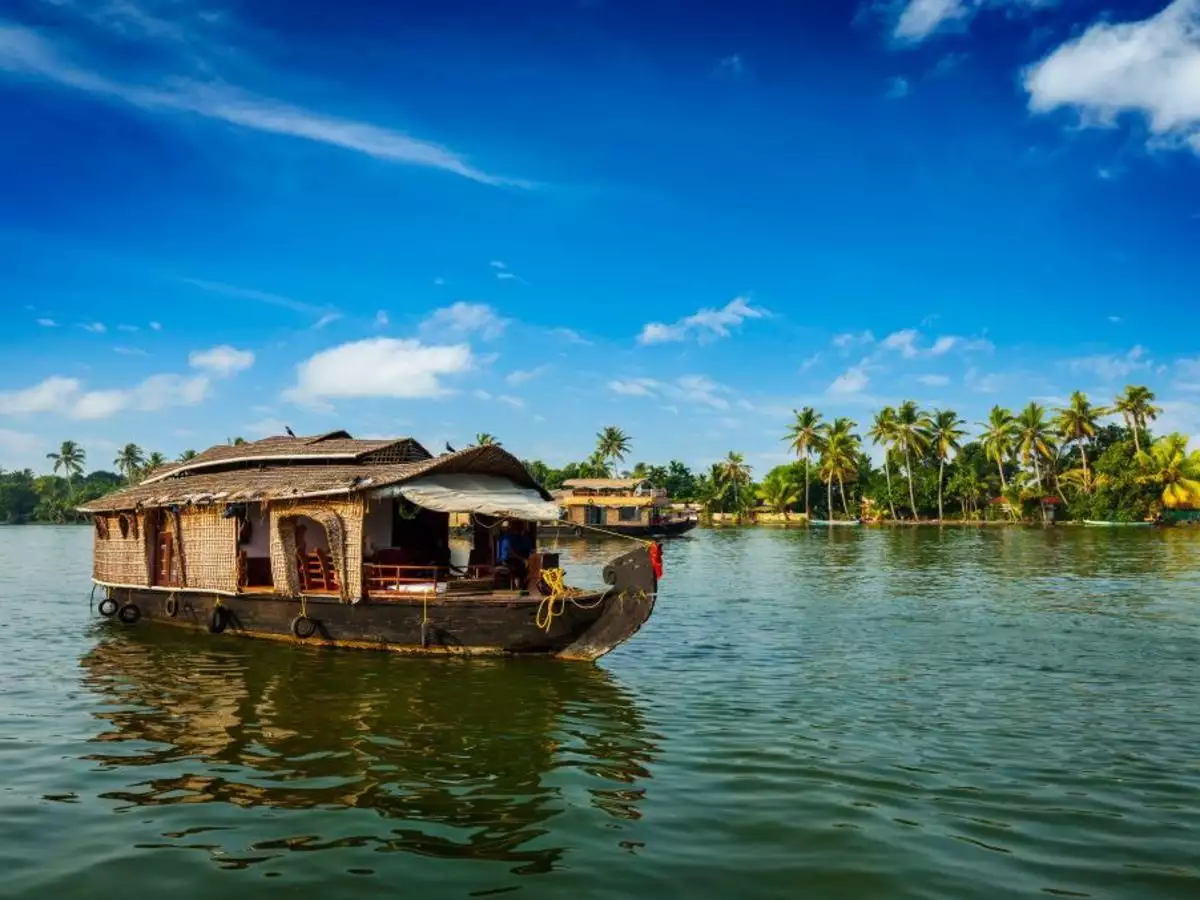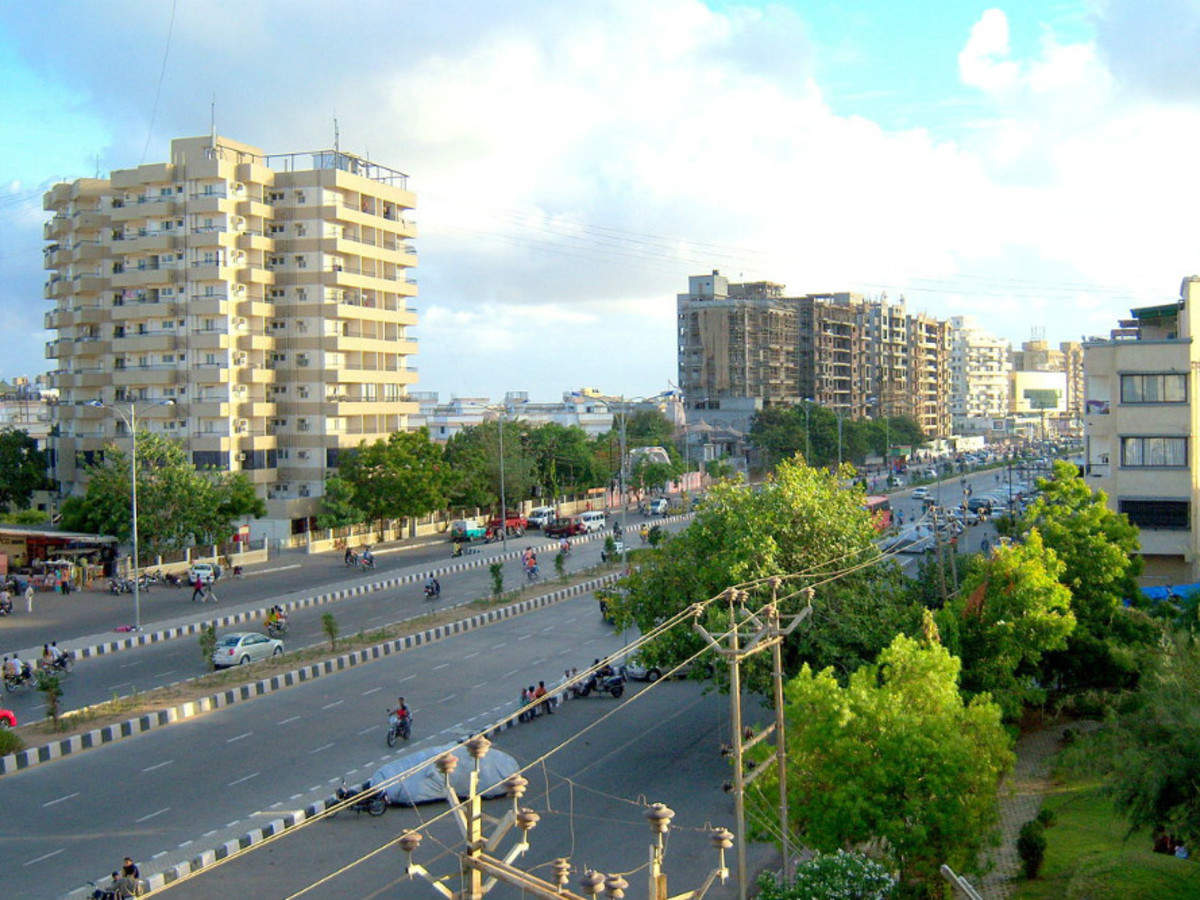Introduction
Guwahati, The state capital of Dispur, the largest city in Assam and northeastern India. Known as the “gateway to North East India,” Lokpriya Gopinath Bordoloi International Airport, the country’s 12th busiest airport, is located there. Nestled on the southern bank of the Brahmaputra River, this historic Hindu temple city has been dubbed the “City of Temples.” Guwahati, which has a significant and varied fauna, is located between the Brahmaputra River and the foothills of the Shillong plateau.
Etymology
The terms “Guwa” (areca nut and plant) and “Hati” (rows), which refer to the rows of areca nut trees, are the origin of the name Guwahati.
History
Ancient history
The Kalika Purana, written in the 10th and 12th centuries, mentions powerful Kirati people living in Kamrup. According to legend, King Bhagadatta dug Guwahati’s Dighalipukhuri tank for his daughter’s wedding. Ancient archeological monuments and the Kamakhya Shakti temple are located in Guwahati, along with the Navagraha astrology temple. Ambari’s excavations reveal that the city dates to the second century BCE. According to Xuanzang’s chronicles, it expanded in the seventh century CE, under the reign of Varman ruler Bhaskaravarman. Its commercial and geopolitical significance up until the ninth and eleventh centuries CE are indicated by archeological discoveries.
Medieval history
During the Mughal wars, Koch King Parikshit’s capital was Pragjyotishpur. The governor of Ahom had his headquarters in Guwahati till 1824. Dighalipukhuri served as a boatyard during the Ahom period, when the city was well-connected and defended. Numerous temples in Guwahati were constructed by Ahom kings such as Gadadhar Singha.
Colonial history
After Assam was given up to the British in 1826, Guwahati took over as the administrative hub until 1874. Later, the headquarters moved to the Khasi highlands in Shillong.
Modern history
In accordance with the Government of India Act 1935, the Gauhati High Court was founded on March 1, 1948, and its first Chief Justice was R.F. Lodge. Constructed between 1959 and 1962, the Saraighat Bridge connects Northeastern India with the rest of the nation. Meghalaya’s independence caused Assam’s capital to relocate from Shillong to Dispur, Guwahati, in 1972.
Geography
The Amchang Wildlife Sanctuary borders Guwahati to the east and the Shillong plateau to the south. Guwahati is located to the north of the Brahmaputra River. The Bharalu River flows through the center of the city, while Dipor Bil Lake serves as a natural reservoir to the southwest. The urban structure of Guwahati is organized around a central core, from which expansion routes radiate south, east, and west. The Assam capital complex in Dispur is located along the Guwahati-Shillong Road corridor, which is an important residential and business area. Additional corridors go eastward to facilitate the growth of residential areas and westward to connect to the area’s transportation networks. Guwahati, which has a humid subtropical climate, is a part of India’s Smart Cities initiative.
Infrastructure
Guwahati, which was placed 17th out of major Indian cities in a 2006 poll, has an excellent standard of living. It provides attractive scenery, contemporary conveniences, strong social infrastructure, and competitive living and working environments. The East-West Corridor project seeks to improve access to the state capitals of all of Northeast India. Infrastructure upgrades are still important, though, and money for transportation and general development is provided by the Jawaharlal Nehru National Urban Renewal Mission and the Asian Development Bank.
Administration and governance
In 1972, Dispur in Guwahati took over as the capital of Assam, displacing Shillong. Along with other significant buildings, it houses the Assembly House and Secretariat of the Assam government. The Guwahati Metropolitan Development Authority is in charge of planning and development, while the Guwahati Municipal Corporation, which is divided into 31 wards, is in charge of governing the city. Within the Gauhati Lok Sabha constituency, Guwahati is comprised of four assembly constituencies.
The Assam Police is headquartered in Guwahati and is divided into three districts under the Police Commissionerate. In addition, the Gauhati High Court, which has jurisdiction over Assam, Nagaland, Mizoram, and Arunachal Pradesh, has its main office there. But the city also has to deal with issues like inflation, fast population increase, and urban floods brought on by the fast urbanization of wetlands and drainage canals. For the sake of sustainable development, these problems demand a lot of attention.








